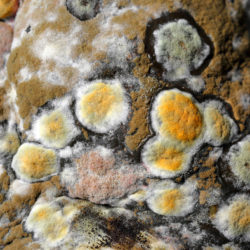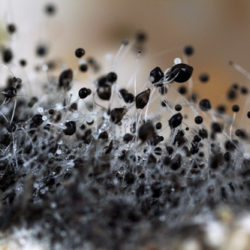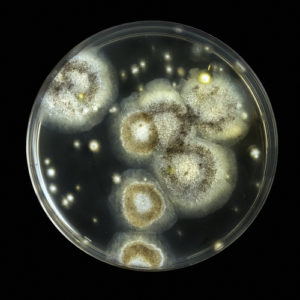What Color is Mold? Is It Always Black?

Black Mold Isn’t the Only Kind of Mold You Should Look for
The mold family includes thousands of types and colors, but if you are only familiar with black, it’s probably because of the media attention given to it and mold remediation. Read on for the most common types of mold encountered in your home or place of business.
Green
Green is generally thought to be a variety of fungus, though there are thousands of species of green mold in the world.
Brown/Gray/Olive Green
Molds in this color family are common Cladosporium. You will find it on plant leaves outside and inside a house or building. It can grow on walls and carpet that is damp.
Blue/White/Green
Belonging to the Penicillium genus, these molds were once used to create the antibiotic penicillin. It grows on food and walls and is one of the most common molds that bother people with allergies.
Yellow/Green/Black
The Aspergillus molds family includes yellow, black and green molds are commonly inhaled every day. People with compromised immune systems and weak lungs can develop aspergillosis, a condition that includes coughing and sinus issues, as well as more serious health problems.
Black/Gray
The black or gray mold Alternaria, primarily an outdoor mold, has been found in a high percentage of indoor dust samples and has been linked asthma.
Pink
If you find mold of a pinkish color in your home, it’s most likely a bacteria form, not a mold in the true sense. It can develop on soap or shampoo containers or on shower walls.
Do you need professional mold remediation in your home or business? Our eco-friendly two-step process usually is completed in one day. Contact us today to schedule a free mold inspection.



